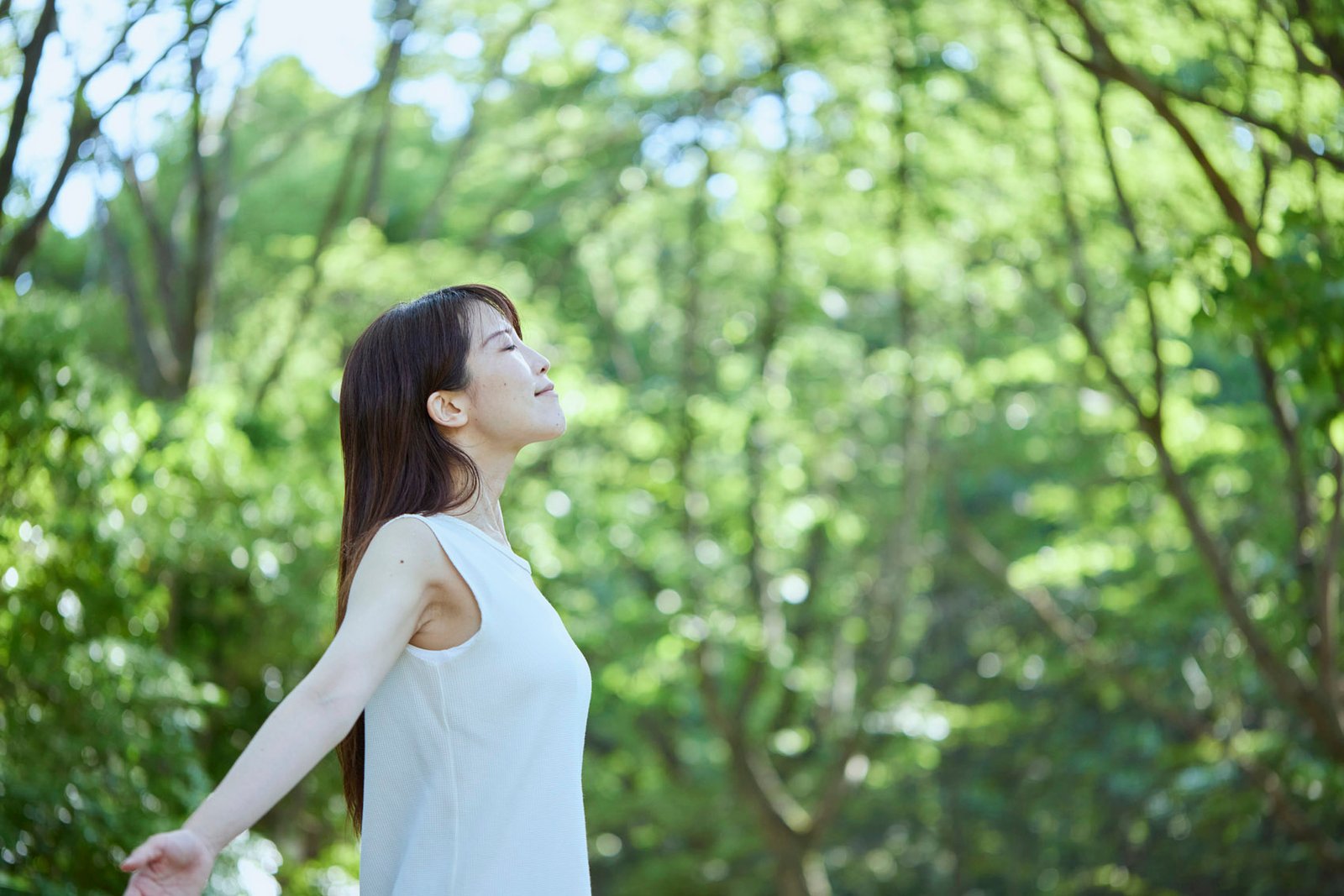
Have you ever wondered why, after walking in nature, you feel better? The Japanese, an overstressed people with beautiful forests, studied the phenomenon as early as the 1980s, showing healing virtues of the forest. So they began to prescribe excursions as prevention and treatment for the effects of stress. It is said shinrin-yokuliterally “forest-bath” and is a treatment recognized by the health services of many Asian countries (Japan, South Korea and China, to name the largest).
The numerous scientific research conducted over the years has proven its effectiveness in dealing with the technical stress that affects those who work in an urban environment with a high rate of digitization. In short, it’s for us. People who spend all day with their smartphone in hand, playing with tablets and screens with a high level of blue light. And nature sees little and bad. The consequences of this type of life, according to the researchers, lead to imbalances in the nervous and immune systems.
“Abundant scientific evidence shows that contact with nature is a valuable resource for balancing the autonomic nervous system, improving mood and strengthening immune defenses. There forest therapy it may therefore prove useful in neuropsychology and rehabilitation medicine,” he explains Tanya Reclinical psychologist, anthropologist specializing in health anthropology and ethnomedicine, as well as founding member of the UNESCO Chair “Health, Anthropology, Biosphere and Care Systems” at the University of Genoa.
We humans are predisposed to use the support that plants offer: according to biologist Edward Osborne Wilson we are ‘biophilic’, meaning we are drawn to the life and beauty of nature precisely because it sustains us and helps us live better.
The forest as an antidote to stress
Just looking at the trees and the light between the leaves is a source of well-being. “According to the researchers, it regulates blood pressure and heart rate in a measurable way. It would even be enough observe an image of a forest on a screen for 90 seconds to have the first psychosomatic benefits. Furthermore, touch the trees, feeling the contact of the palm of the hand with the trunks, leads to relaxation detectable in neurophysiological terms. Breathing in the forest, therefore, allows you to inhale volatile substances that cause well-being and activate the immune system”, underlines Tania Re.
This is why it is called “forest bathing”: you immerse yourself, enveloped in smells, colors and tactile sensations. The five senses are the key to fully enjoying it.
The slow rhythms of nature
But what exactly does shinrin-yoku consist of? It is a short walk in the forest that does not include any particular activities: it is not sporty, it is not a hikethere are no results to be achieved.
“Those who drive the swimming forest are the 5 S (Slow, Safety, Sense, Silence and Share), slow down, move safely, activate the senses, practice silence and sharing,” explains Ann Tilman, a certified Forest Therapy Guide with long experience. For this reason, at least the first few times, the support of a guide is recommended. When you’re alone, you really can’t switch off, and your smartphone glance lurks, as does the tendency to walk hurriedly, not letting yourself be drawn into the wonder of the natural environment. with its beneficial effects.
“Our function is to facilitate the process, to open the doors so that everyone can connect with nature on their own. So we’re not giving information or teachings, just suggestions that you’re free to accept or not,” says Tilman.
An experience to share
In short, the guide does not tell you what to do, he is not a teacher. From her (or him) you receive open “invitations”, like getting to know the place, each one on his own: there are those who smell a flower, those who caress the leaves, those who observe the insects on a tree trunk, those who hear the rustling of the branches and the song of the birds.
The forest bath works well in groups, small or large whatever it is, because it allows the exchange of impressions and thoughts as the exploration progresses. But all this must be set up by the guide, at least the first few times, otherwise we end up chatting and saying goodbye to the connection with the forest. Another invitation is to perceive movement: the wind blowing in the grass, the butterfly flying in front of us, the water of a flowing stream.
“This way we also focus on what’s at different levels of the horizon and not just what’s in front of us like we do with a smartphone,” observes Ann Tilman. To feel part of the forest, no special equipment is required and not even training to do. All that is needed is a little persistence and comfortable clothes, suitable for the season and the chosen location. In fact, it involves walking for at least two hours in total per week, which can be broken up into several moments. Below we suggest three types forest swimming in various regions of Italy.
Prosperity to breathe
The benefits of forest bathing have been proven by countless scientific studies, as Tania Re, clinical psychologist, anthropologist specializing in health anthropology and ethnomedicine, explains: “It is well established that forest plants and soil emit biogenic volatile organic compounds. BVOC) with beneficial properties in humans, with antioxidant, anti-inflammatory and immunomodulating effects. Every molecule emitted, if inhaled, affects our health and Terpenes, released by conifers, are the most effective. These are very light molecules which, easily crossing the blood-brain barrier, reach the central nervous system, creating positive psychophysical effects, with recognized clinical value.”
Ask our experts your question,

